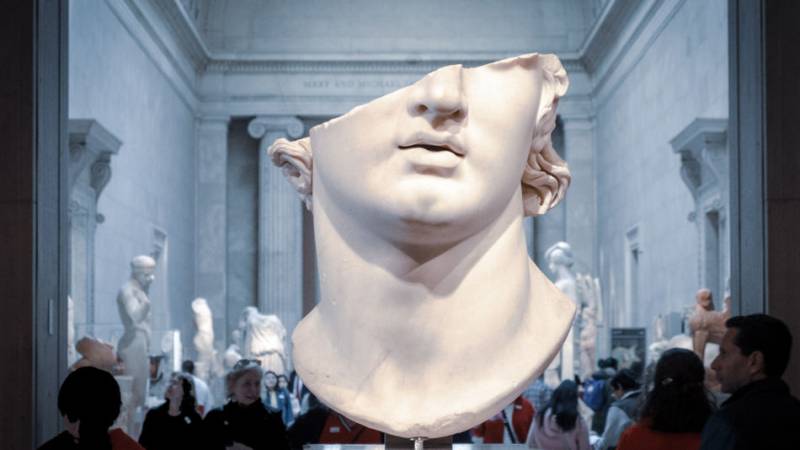As the framework for what the art world looks like post-pandemic takes shape, financial underpinnings threaten collapse, leaving those in the industry (and beyond) to brace for what comes next. With ticket sales stalled and many artists out of work, a new study reveals that the nonprofit arts and culture sector faces an estimated $6.8 billion loss — the equivalent to an average 26% deficit among organizations. But using these numbers as signposts, the report also lays down a roadmap to move forward.
Titled “In It for the Long Haul,” the study culls data from 35,000 United States nonprofit arts organizations with annual operating budgets over $50,000 to detail what issues cultural institutions are facing and what steps could lead to potential recovery. Presented by SMU DataArts and TRG Arts, the report draws from surveys conducted about closures, layoffs and impact to date, and operates under the estimate that a majority of the organizations included will be able to resume activity this October while taking into account that every “reopen” will hit differently.
The likelihood of a slow return to normalcy and social scarring are built into the study’s projections for recovery. Based on a combination of lost revenue and expense reductions (meaning cuts in staff and business expenses), the report lays out four questions for organizations to consider: What the next year might look like, what an organization’s strengths are, how it will manage people and revenue propositions, and who will gather when doors reopen.
“Cultural organizations’ strategy and structure will have to adapt to these environmental changes,” co-authors Zannie Giraud Voss, director of SMU DataArts, and Jill Robinson, CEO of TRG Arts, said. “The field of nonprofit arts and culture is unlikely to return to its pre-COVID state for the foreseeable future, if ever.”
They continue: “‘Business as usual’ will mean something different. Seeing ahead to what that ‘usual’ will look like is obscured by the current environment’s complexity, dynamism, resource scarcity and uncertainty.”


